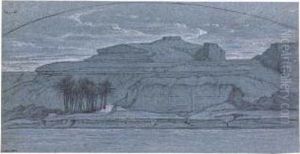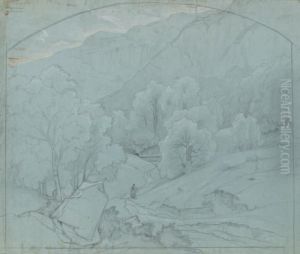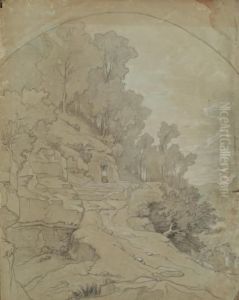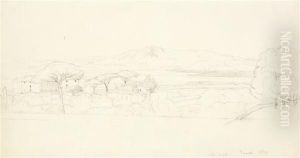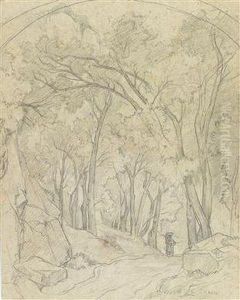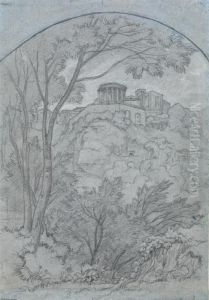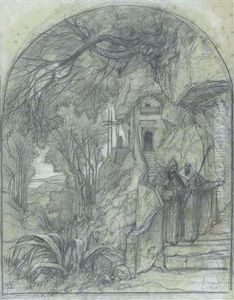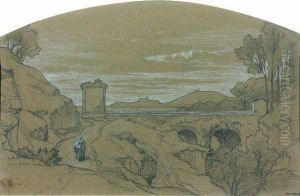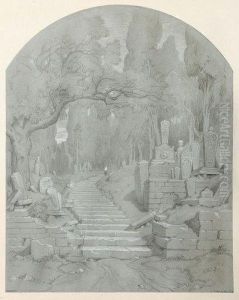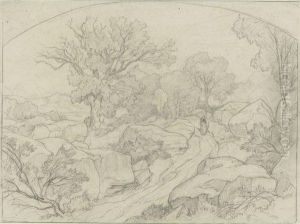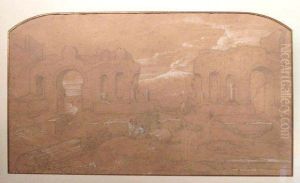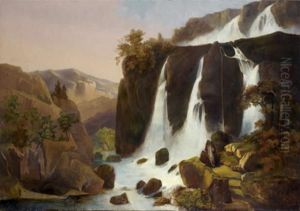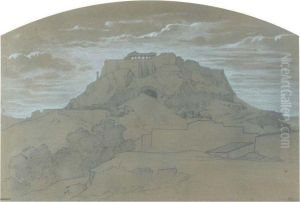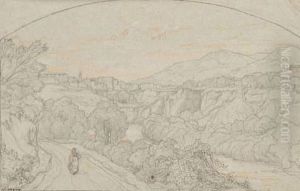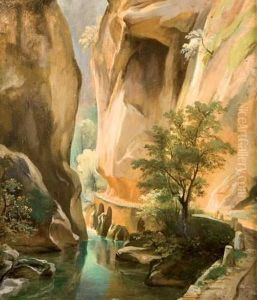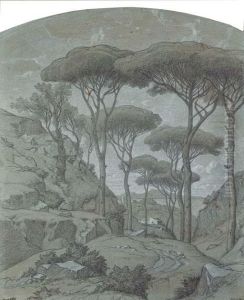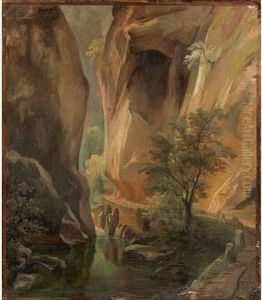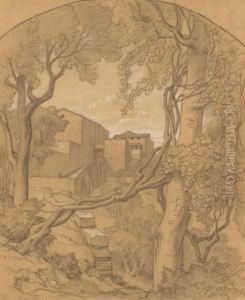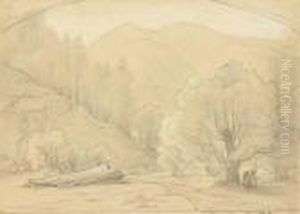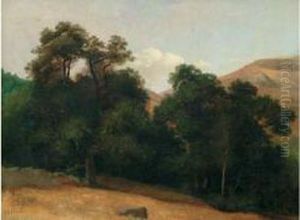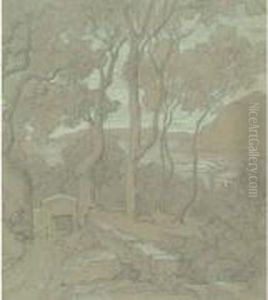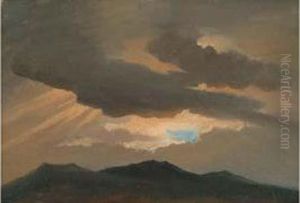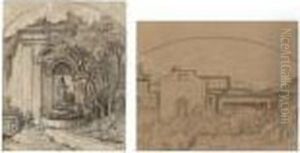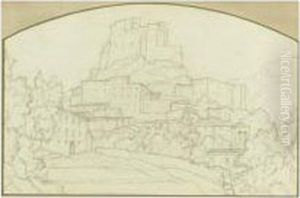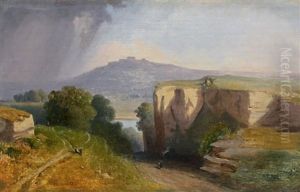Edouard Francois Bertin Paintings
Édouard François Bertin was a French landscape painter and journalist born on 17 October 1797 in Paris, France. He was the son of Louis-François Bertin, a prominent journalist and publisher, and was raised in a culturally rich environment that fostered his artistic talents. His father's connections allowed him to be exposed to the leading literary and artistic figures of the day, which influenced his artistic development.
Bertin initially studied under neoclassical painter Anne-Louis Girodet-Trioson and later worked with Jean-Victor Bertin, a landscape painter who was not related to him but shared the same last name. Under Jean-Victor Bertin's guidance, Édouard François Bertin developed a strong foundation in classical landscape painting, which was rooted in the principles of the French Academy. He became proficient in portraying the natural world with an emphasis on harmony, balance, and historical accuracy, often drawing inspiration from the Italian landscape.
Throughout his career, Bertin traveled extensively in Italy and Greece, where he sketched and painted the local scenery, ancient ruins, and pastoral landscapes. His travels greatly influenced his artistic output, and many of his works reflect the beauty and romantic allure of the Mediterranean region. Bertin's landscapes were characterized by their meticulous detail, subtle color palettes, and serene compositions.
Aside from painting, Bertin also had a successful career in journalism, following in his father's footsteps. He became the director of the influential French newspaper 'Journal des Débats' where he served from 1843 until his death. His dual career in art and journalism made him a prominent figure in French society.
Bertin was recognized for his contributions to art and was awarded the Legion of Honor, France's highest order of merit for military and civil merits. He exhibited his works at the Paris Salon, the official art exhibition of the Académie des Beaux-Arts, and was well-received by critics and the public alike.
Édouard François Bertin passed away on 27 September 1871 in Paris. His legacy includes a body of work that captures the serene and timeless beauty of the natural landscapes he so admired. His influence continued through the 19th century, contributing to the tradition of French landscape painting.
